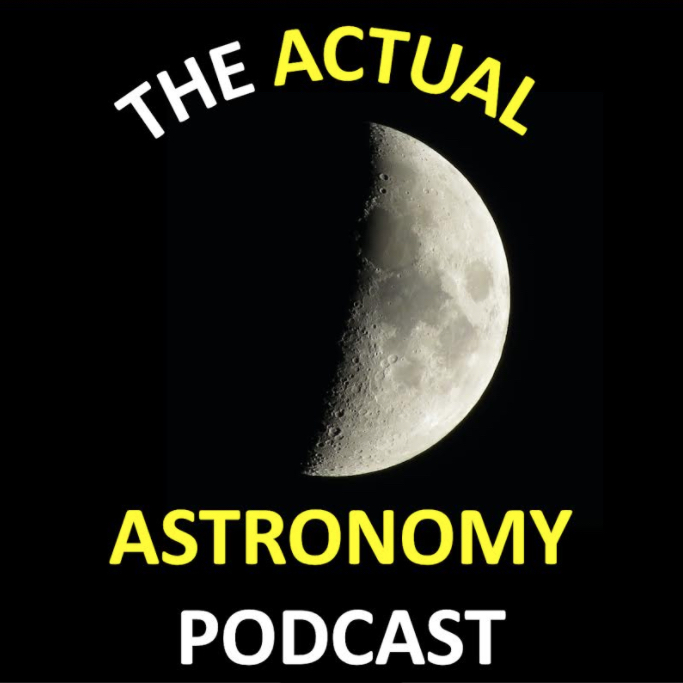All five naked-eye planets are easily visible at different parts of the night, the Leonids will grace the mid-month skies, and the Moon makes its monthly visits in line with the planets.


All five naked-eye planets are easily visible at different parts of the night, the Leonids will grace the mid-month skies, and the Moon makes its monthly visits in line with the planets.

The Actual Astronomy Podcast presents Objects to Observe in the November Night Sky. In this episode we focus on sky events to help newcomers learn the night sky as we discuss Meteor Showers, Comets to locate and how to use the Moon to find Jupiter, Saturn, Uranus, Mars, Venus and Mercury!

A flash back to India’s Mars Orbiter Mission and the story of Asteroid 2008 TC3, the only asteroid which was observed to be hurtling between planets, flying through our atmosphere, and pieces of it found to be lying on the Earth’s Surface.

Research from our home Planetary Science Institute shows that the dune fields on Mars provide solid evidence for lithification and burial.

Time for sky guide and news roundup with @AwesomeAstoPod. We have exoplanet in another galaxy, liquid water on Mars, exoplanet around white dwarf and the Sun get more active again.

What’s with Mars dust storms? How many microphones have we landed on Mars? @CheapAstro will answer this questions on today’s Mars – Very Dusty & Crap Acoustics podcast at #365DaysOfAstro

School is starting, the nights are getting longer, and two gas giants are dominating the night skies while two terrestrial planets make morning appearances.

Check out the september sky guide and astronomy news round up with @AwesomeAstroPod. This week we have Damage of Arecibo Obs, The Dimming Betelgeuse, The search for the missing matter in the Milky Way and more.

Today @Nmcanopus will talk about Mars climate which has changed dramatically over the eons and what would the space alien receive if it pointed its radio antennas at our Sun?

Scientists have samples of the Sun’s solar wind, particles from a comet’s tail, a few grams from an asteroid, with more coming shortly. But there’s still no sample return from Mars. NASA & ESA have been making plans to bring sample home from Mars.